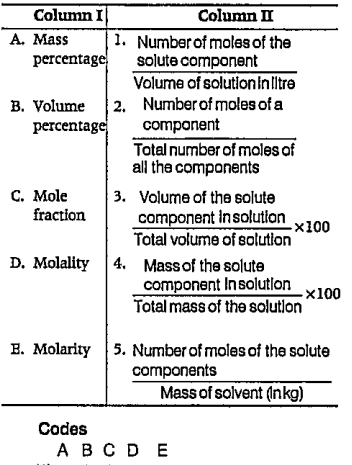Match the laws given in Column I with expresions given in Column II.

Text Solution
(a)→(v),(b)→(iii),(c)→(iv),(d)→(ii),(e)→(i)
|
Updated on:21/07/2023
Topper's Solved these Questions
- BOOK - MODERN PUBLICATIONCHAPTER - SOLUTIONSEXERCISE - NCERT EXEMPLAR PROBLEMS (ASSERTION AND REASON TYPE QUESTIONS)4videos
SOLUTIONS
- BOOK - MODERN PUBLICATIONCHAPTER - SOLUTIONSEXERCISE - QUICK MEMORY TEST (SAY TRUE OR FALSE)12videos
SOLUTIONS
- BOOK - MODERN PUBLICATIONCHAPTER - SOLUTIONSEXERCISE - NCERT EXEMPLAR PROBLEMS (SHORT ANSWER TYPE QUESTIONS)11videos
SOLUTIONS
- BOOK - MODERN PUBLICATIONCHAPTER - SOLID STATEEXERCISE - UNIT PRACTICE TEST13videos
SOLID STATE
- BOOK - MODERN PUBLICATIONCHAPTER - SURFACE CHEMISTRYEXERCISE - COMPETITION FILE (OBJECTIVE TYPE QUESTIONS) (MATCHING LIST TYPE QUESTIONS)2videos
SURFACE CHEMISTRY
Similar Questions
Knowledge Check
- Question 1 - Select One
Match the terms given in Column I with expressions given in Column II.
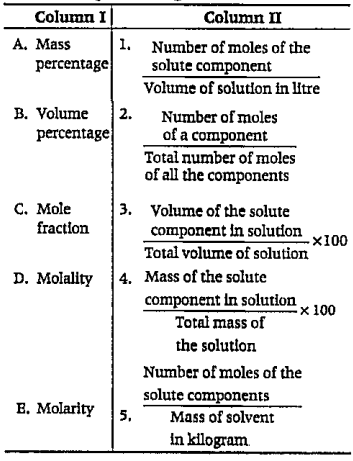 A
A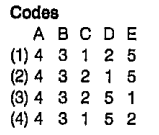 B
B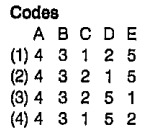 C
C D
D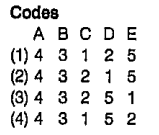
Match the items given in Column I with examples given in Column II.
 View Solution
View SolutionMatch the species given in column I with prperties given in Column II.
 View Solution
View SolutionMatch the reactions given in Column I with the names given in Column II.
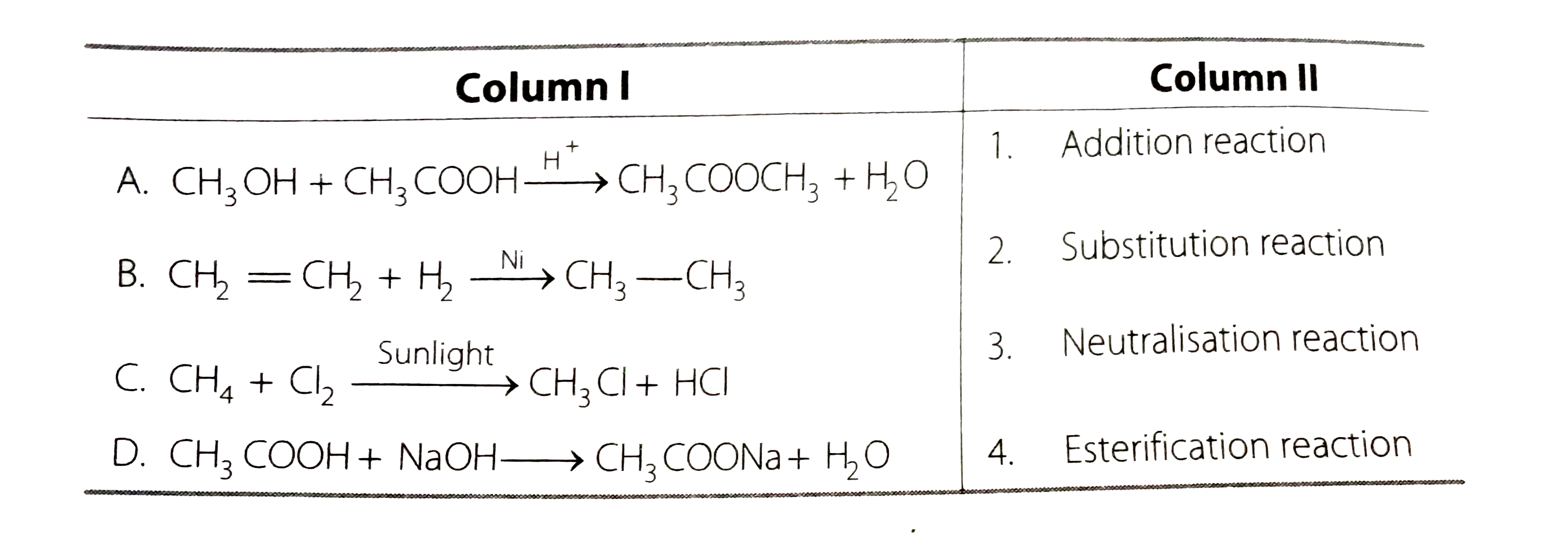 View Solution
View SolutionMatch the catalyst given in Column I with the processes given in Column II.
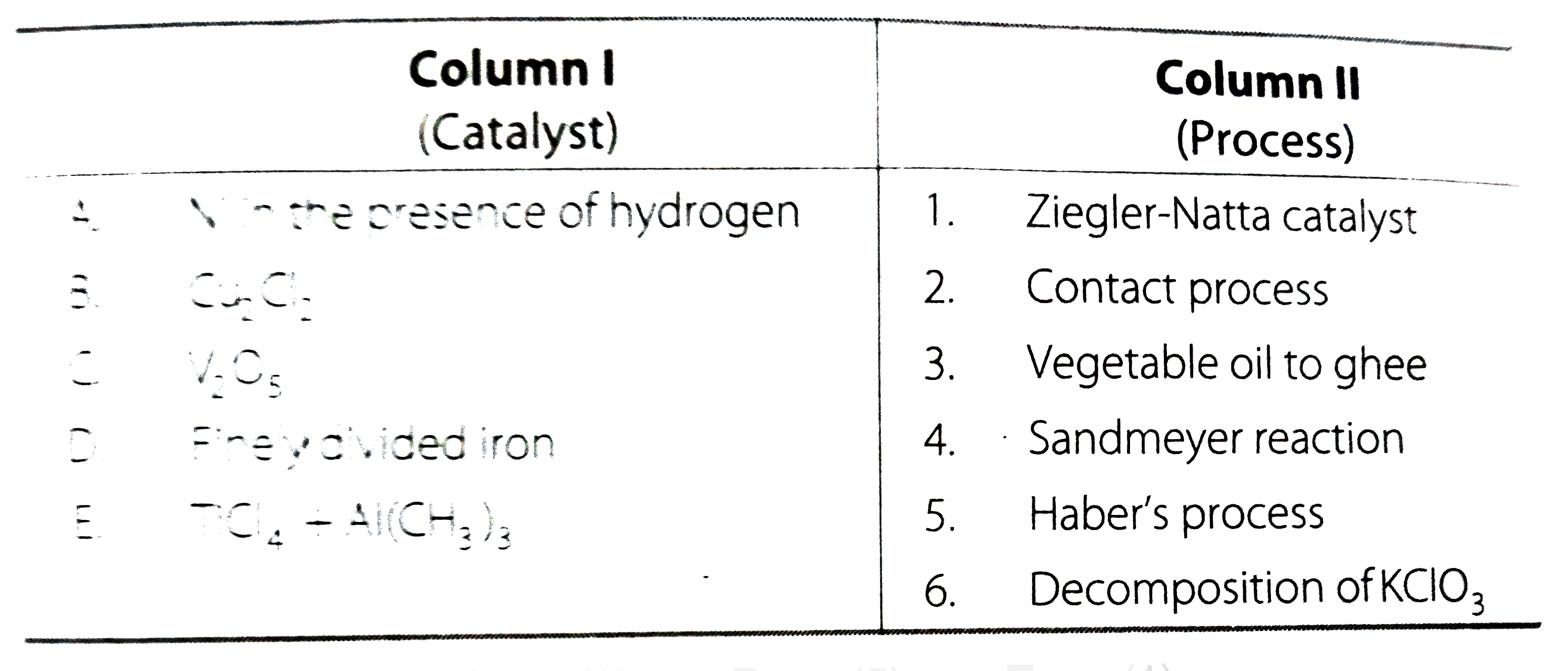 View Solution
View SolutionMatch the terms given in Column I with the items given in Column II.
 View Solution
View SolutionMatch the terms given in Column I with the units given in Column II.
 View Solution
View SolutionMatch the catalyst given in Column I with the processes given in Column II.
 View Solution
View Solution



